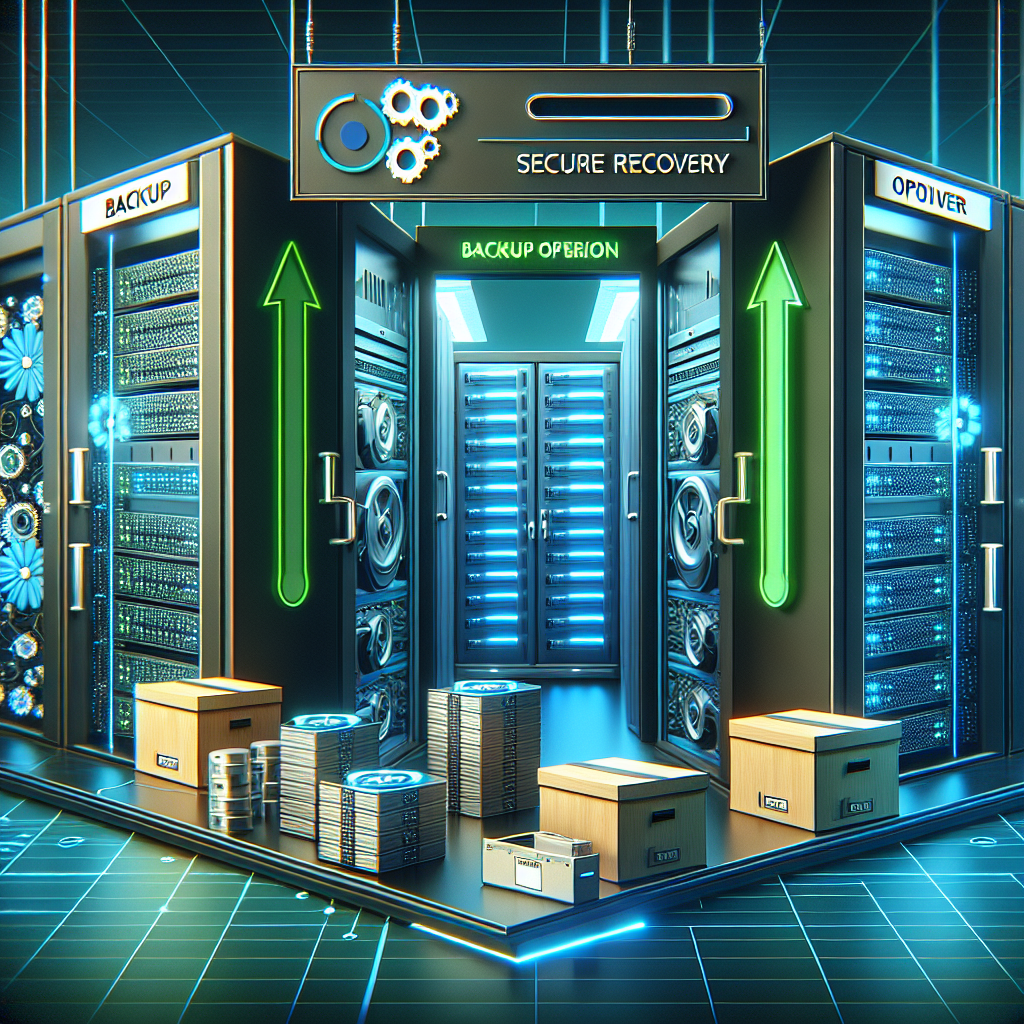In today’s digital age, data is the lifeblood of businesses. From customer information to financial records, data is crucial for daily operations and decision-making. However, data is vulnerable to a wide range of threats, including human error, hardware failures, cyberattacks, and natural disasters. As a result, implementing a reliable data center backup and recovery strategy is essential for ensuring business continuity and safeguarding critical information.
To help businesses navigate the complex landscape of data protection, here are some best practices for implementing a reliable data center backup and recovery strategy:
1. Conduct a thorough assessment of your data: Before implementing a backup and recovery strategy, it’s important to understand the types of data your organization generates and stores. Identify critical data that must be backed up regularly and prioritize resources accordingly.
2. Define backup and recovery objectives: Clearly define your organization’s backup and recovery objectives, including Recovery Time Objectives (RTOs) and Recovery Point Objectives (RPOs). RTOs specify the maximum acceptable downtime for recovering data, while RPOs determine the maximum amount of data that can be lost in the event of a disaster.
3. Choose the right backup solution: There are several backup solutions available, including traditional tape backups, disk-based backups, and cloud backups. Evaluate your organization’s needs and budget to determine the best backup solution for your data center.
4. Implement a multi-tiered backup strategy: A multi-tiered backup strategy involves creating multiple copies of data and storing them in different locations. Consider implementing a combination of onsite backups, offsite backups, and cloud backups to ensure data redundancy and availability.
5. Test your backup and recovery plan regularly: Regularly test your backup and recovery plan to ensure that data can be recovered quickly and accurately in the event of a disaster. Conduct simulated recovery exercises and document any issues or gaps in your backup strategy.
6. Automate backup processes: Automating backup processes can help streamline data protection and reduce the risk of human error. Consider using backup software that offers scheduling, monitoring, and reporting capabilities to ensure data is backed up consistently and securely.
7. Monitor backup performance: Monitor backup performance regularly to identify any issues or bottlenecks that may impact data recovery. Keep an eye on backup success rates, storage capacity, and backup completion times to ensure data integrity and availability.
8. Implement a disaster recovery plan: In addition to backup solutions, implement a comprehensive disaster recovery plan that outlines procedures for recovering data in the event of a disaster. Consider factors such as data prioritization, communication protocols, and alternative recovery sites to minimize downtime and data loss.
By following these best practices for implementing a reliable data center backup and recovery strategy, businesses can effectively protect their critical data and ensure business continuity in the face of unforeseen events. Investing in a robust backup and recovery plan is essential for safeguarding valuable information and maintaining the trust of customers and stakeholders.


Leave a Reply